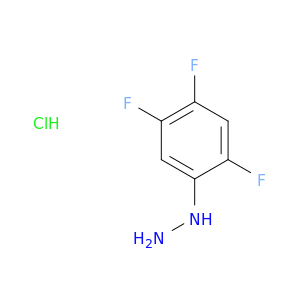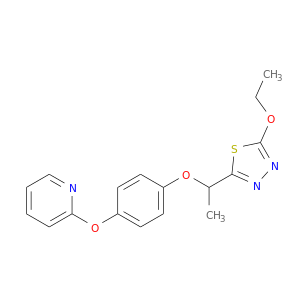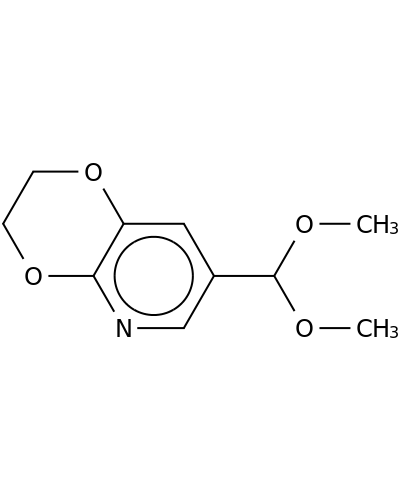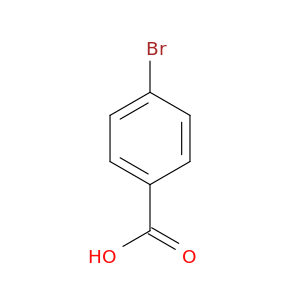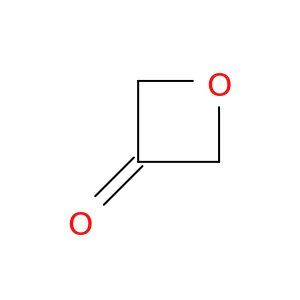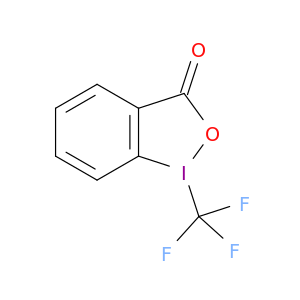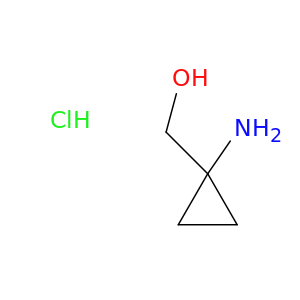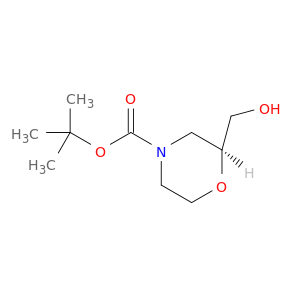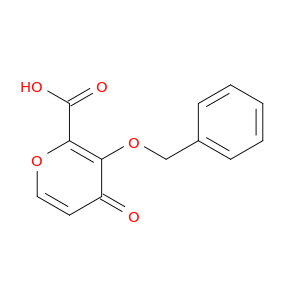200,000+ products from a single source!
sales@angenechem.com
Home > Nitro Compounds > 601-89-8
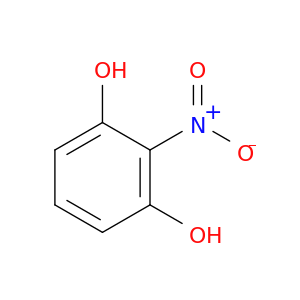
601-89-8 | 2-Nitrobenzene-1,3-diol
CAS No: 601-89-8 Catalog No: AG0033F0 MDL No:MFCD00007124
Product Description
Catalog Number:
AG0033F0
Chemical Name:
2-Nitrobenzene-1,3-diol
CAS Number:
601-89-8
Molecular Formula:
C6H5NO4
Molecular Weight:
155.1082
MDL Number:
MFCD00007124
IUPAC Name:
2-nitrobenzene-1,3-diol
InChI:
InChI=1S/C6H5NO4/c8-4-2-1-3-5(9)6(4)7(10)11/h1-3,8-9H
InChI Key:
ZLCPKMIJYMHZMJ-UHFFFAOYSA-N
SMILES:
[O-][N+](=O)c1c(O)cccc1O
EC Number:
210-010-9
NSC Number:
1542
Properties
Complexity:
145
Compound Is Canonicalized:
Yes
Covalently-Bonded Unit Count:
1
Defined Atom Stereocenter Count:
0
Defined Bond Stereocenter Count:
0
Exact Mass:
155.022g/mol
Formal Charge:
0
Heavy Atom Count:
11
Hydrogen Bond Acceptor Count:
4
Hydrogen Bond Donor Count:
2
Isotope Atom Count:
0
Molecular Weight:
155.109g/mol
Monoisotopic Mass:
155.022g/mol
Rotatable Bond Count:
0
Topological Polar Surface Area:
86.3A^2
Undefined Atom Stereocenter Count:
0
Undefined Bond Stereocenter Count:
0
XLogP3:
1.6
Literature
| Title | Journal |
|---|---|
| Genotoxic mechanisms for the carcinogenicity of the environmental pollutants and carcinogens o-anisidine and 2-nitroanisole follow from adducts generated by their metabolite N-(2-methoxyphenyl)-hydroxylamine with deoxyguanosine in DNA. | Interdisciplinary toxicology 20090301 |
| Oxidation of carcinogenic 2-nitroanisole by rat cytochromes P450 - similarity between human and rat enzymes. | Interdisciplinary toxicology 20080901 |
| Optical properties of hybrid dendritic-mesoporous titania nanocomposite films. | Chemistry (Weinheim an der Bergstrasse, Germany) 20080101 |
| Oxidative detoxication of carcinogenic 2-nitroanisole by human, rat and rabbit cytochrome P450. | Neuro endocrinology letters 20061201 |
| Study of photoinduced N-hydroxy-arylnitroxide radicals (ArNO*OH) by time-resolved EPR. | The journal of physical chemistry. A 20050113 |
| Enzymes involved in the metabolism of the carcinogen 2-nitroanisole: evidence for its oxidative detoxication by human cytochromes P450. | Chemical research in toxicology 20040501 |
Related Products
Featured Products
© 2019 Angene International Limited. All rights Reserved.


